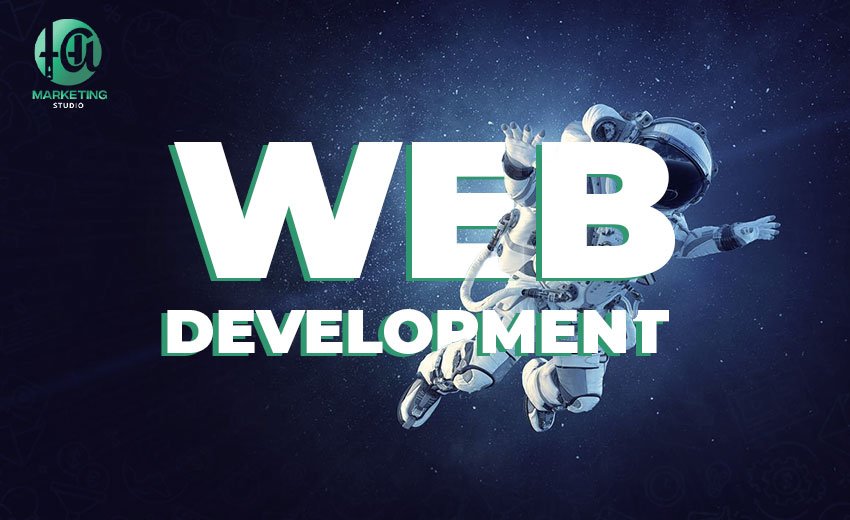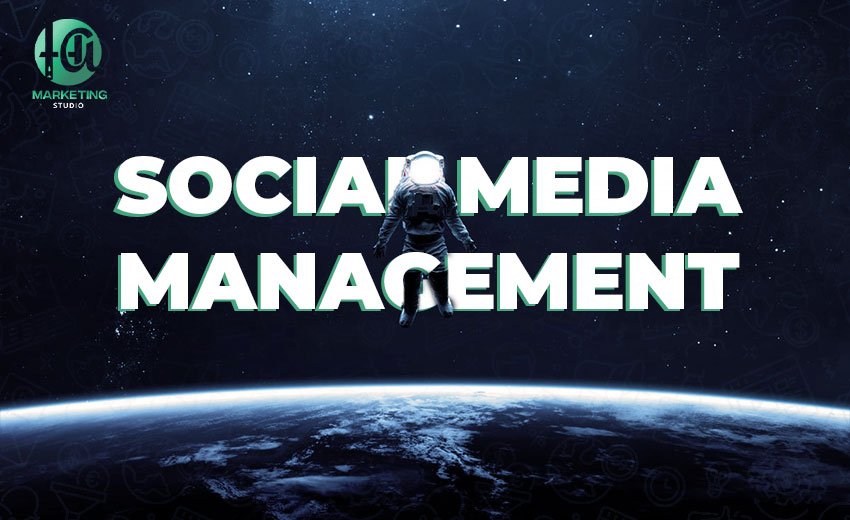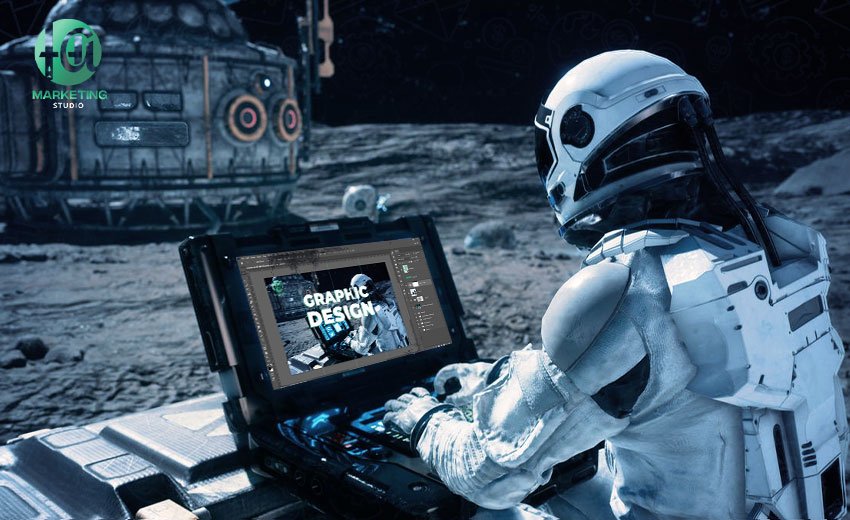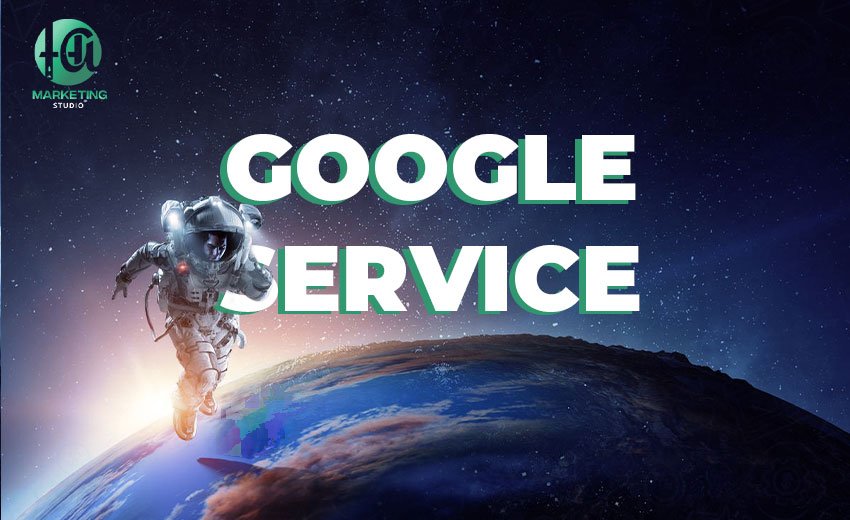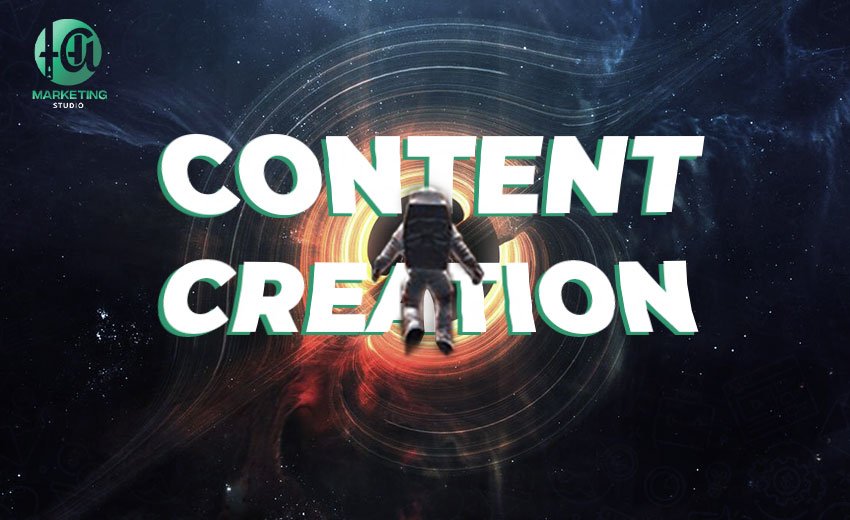Graphic design is an ever-evolving field that relies heavily on technology and innovation. Over the years, this field has witnessed tremendous developments that have changed how we interact with visual media. In this article, we will explore some of the most notable modern advancements in graphic design and how they impact the industry.
-3D Design :
3D design has become increasingly popular in graphic design. These designs can create realistic and vibrant images, allowing designers to manipulate light, shadow, and dimensions in ways previously impossible. This technique is widely used in video games, movies, and advertisements.
-Interactive Design:
Interactive design focuses on creating designs that respond to user interactions. This type of design is characterized by engaging users through interactive movements and animations, increasing the level of interaction and connection with the content. Interactive applications and websites are common examples of using interactive design.
-Augmented Reality (AR) and Virtual Reality (VR):
AR and VR technologies are revolutionizing the field of graphic design. These technologies allow users to interact with digital elements in the real world or immerse themselves in entirely virtual environments. This opens up unlimited creative opportunities in marketing, education, and entertainment.
-AI-Powered Design :
Artificial intelligence has become an integral part of modern graphic design. AI-powered design tools can enhance designers’ efficiency by providing design suggestions, automatically improving images, and even creating new designs based on specific data and preferences. Tools like Adobe Sensei and Canva are widely used in this context.
-Modern Print Designs :
Despite the dominance of digital design, print designs still play a significant role in graphic design. Advances in printing technologies, such as 3D printing and digital printing, allow the production of high-quality printed materials at lower costs. These advancements expand the possibilities for innovative designs in packaging, posters, and brochures.
-Brand Identity Design:
Brand identity has become more crucial than ever with increasing market competition. Modern brand identity designs focus on creating an integrated brand experience that includes colors, logos, fonts, and illustrations. Brand identity is reinforced across all social media platforms and websites to ensure consistency and distinctiveness.
-Sustainable Design:
With increasing environmental awareness, sustainable design has become an important aspect of graphic design. Designers strive to use materials and techniques that reduce environmental impact, such as plant-based inks, recycled paper, and minimizing waste in printing processes. This approach is not only beneficial for the environment but also enhances the brand’s image as a socially responsible company.
-Variable Fonts:
Variable fonts represent a significant advancement in graphic design. This technology allows modifying font properties such as weight, width, and slant, providing great flexibility in design. Designers can use a single font to create a variety of styles without needing to load multiple fonts.
-Data-Driven Design:
Using data to improve designs has become more common. Designers rely on data analytics to understand user behavior and preferences, enabling them to create more effective and relevant designs. This approach enhances the user experience and increases audience engagement with the content.
-Online Design Tools :
Online design tools like Figma and Sketch have become very popular among designers. These tools offer effective collaboration features, allowing teams to work together in real-time on the same project. These tools contribute to increased productivity and streamline design processes.
– Conclusion :
Developments in graphic design open new doors for creativity and innovation. By leveraging modern technologies such as artificial intelligence, augmented reality, and interactive design, designers can create stunning visual experiences that meet the growing needs of the audience and keep pace with contemporary advancements. Keeping up with these developments and adapting to them is key to success in the world of graphic design.



